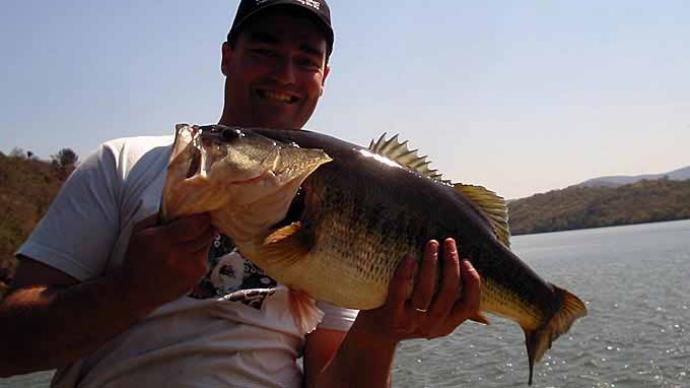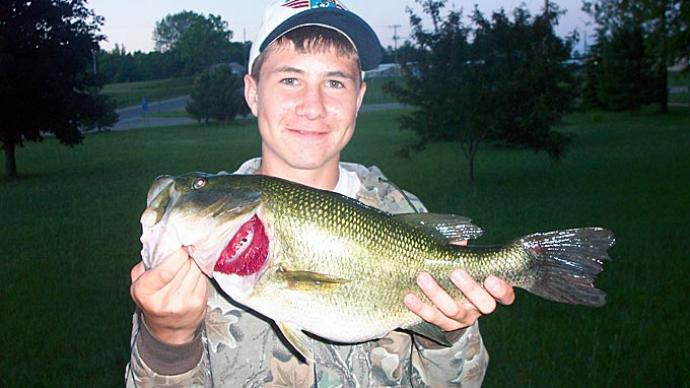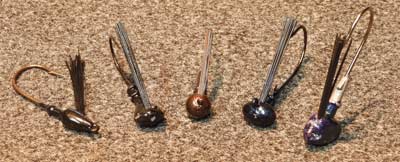
Bass fishing has many presentations to help you be successful and catch bass on a regular basis. Texas rig, crankbaits, topwaters, and drop shot scratch the surface. One presentation that stands out in my book is a jig. Jigs represent a craw or baitfish in many cases, which is not by accident when it comes to bass fishing. Ask yourself what two forages bass target in any water. Craws and baitfish. When stocking your jig box, what jigs do you arm yourself with? I put what I feel what will take my jig fishing to the next level. Here is how I set up and stock my jig box.
Bullet Jig Head
Living in the upper Midwest, we have apparent water conditions and lakes full of natural weeds. Bass thrive in our waters and spend most of their time in or outside the weeds, so you should arm yourself with jigs compatible with fishing in these conditions. For me, this jig is a Do It Bullet Head Jig. I chose to make my jigs because I can play with the components to create the best jigs I can use.
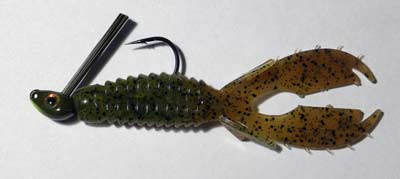
I arm my jigs with better hooks than buying stock jigs. I can also change the weed guard count to make one with a lighter weed guard when fishing rocks and another with a thicker weed guard when targeting weed areas. Don’t get me wrong; there are many quality weed jigs on the market that will do the job day in and day out, so if you don’t want to hassle with making your jigs, you have many quality weed jigs choices at your fingertips. I stock jig size 1/4 to 1oz to cover my weed jig needs and tactics.
Arky Jig Head
Arky Jig Head was the first weedless bass jig paired with a rubber skirt to hit the bass market. The Arky head shape can be fished through weeds most of the time, but I have found that to get the best results out of an Arky head is to fish it in transition areas between weeds and rocks. When targeting these areas, the Arky jig head can navigate the weeds without getting hung up. It tends to come across the rock tops, not falling between the rocks and getting hung up. It scoots across the bottom like a craw does.
Ball Jig Head
The ball head jig is another jig head that fishes well as a go-between jig. They make good weed jigs and can still hold their own when fished in rocks. There is something about a ball head that makes it a must-have in your jig box. I carry weedless ball heads in my jig box as a finesse jig. I stock and have smaller sizes, 3/16oz, 1/4oz, and 3/8oz. I can team these with a cut skirt, a smaller craw trailer, or a grub that offers the bass a smaller, finesse-looking jig when the bite gets extra tough during cold front conditions.
Football Jig Head
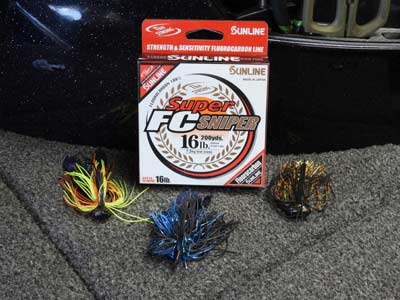
You must have a football jig head in your mix if you target rocks regularly. A football head is my number one choice when imitating a craw moving along the bottom when targeting rock areas. The back-and-forth movement the football head gives the jig perfectly matches how a craw moves across the bottom. Make your cast and let your football jig settle to the bottom. I will reel in my slack line and pull (sweep rod movement) to retrieve my football jig along the bottom. This keeps my jig glued to the bottom, imitating a crawling action as it comes across the bottom. When I come to a rock, I try to move my jig against the rock. I will put pressure on the jig, pulling the jig up into a stand-up stance, then giving my line some slack and letting the jig fall back.
Through the years, I have been able to trigger more bites during my day on the water through this retrieve tactic. I have also had days when this was the only way to trigger bites from reluctant bass in an area. It was more of a dare to trigger bites than just the need to eat for the bass. The more you can scoot your football jig across the bottom and make it stand up against a rock here and there, the more successful you may be in generating bites in your day on the water.
Do It Weedless Brush Jig
Looking for another jig to help me target the rock area, I came across Do It's Weedless Brush Jig, so I bought the mold and the hooks to pour a couple to see the results and just how well the jig fished. After catching bass with this jig for the first time on the water, I was impressed right from the beginning. The jig came through the rocks well and never got hung up. I was impressed with the hooking position and where and how it hooked the bass and held. I did not lose any bass on my first few tests on the water. The most impressive part of this jig is how it stands up off the bottom, presenting your craw in a stand-up defensive position as it moves across the bottom. This dares the bass to act, triggering more bass to bite. Your hook also stays sharper as it does not hit rocks as you retrieve the jig along the bottom.
Trailers
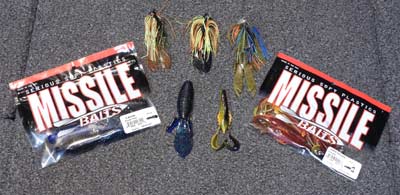
When it comes to jig trailers, I have a separate box for this. I stock two different craws variations and carry chunks in that box. Regarding craw choice, I choose two diverse types for specific reasons. I’ll use a traditional craw like a Missile Craw Father craw, but I’ll also stock the Missile D-Bomb in my mix. The reason for these choices is the fall rate of my jig. The Crawfather is a regular-shaped craw imitation that will fall faster when fishing. Now, take the D-Bomb. This bait has a flapper to imitate a craw, but the body is bulkier. This will create a slower fall rate than a traditional craw imitation. By exercising a craw change, I can get my jig to stay in the bite window a little longer when the bite is tough, or I can change to a regular-shaped craw and trigger bite because of the faster fall rate. Use the mood of the bass as your trigger in what you add to your jig to generate bites. You will trigger more bites that day on the water when you play the conditions in your favor.
I do a few things that make a jig stand out at times. First, If I’m trying to imitate a craw with my jig, I’ll rig the craw onto my jig and make it look like a craw. If I try to mimic a baitfish, I’ll often turn my craw so the craws are up and down to resemble the tail of a baitfish or bluegill. With this rigging, my jig looks and swims more like a baitfish than it does a crawfish. It’s a tweak I have been doing for the last few years, and I have seen better results from changing the trailer's orientation on my jig when the bass are targeting baitfish. I’m getting more bites because the jig resembles bluegill better, resulting in more bites.
If the bass are targeting craws, I will put my craw on my jig to represent a craw moving along the bottom. I can also make this presentation adjustment with a plastic chunk. If I want to represent a craw, I will usually put it on the hook, but if I’m trying to imitate a baitfish, I will rig the trailer on the hookup and down to represent a tail.
Line Choices
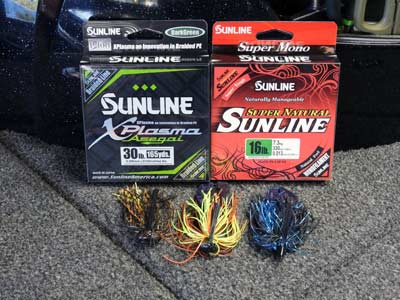
Today, you have a few different line choices. My first choice is straight fluorocarbon. It’s what I use most of the time. And from time to time, I may mix it up a little. One of the driving forces behind the change is feel. If tasked with fishing in strong wind conditions, I may switch to a braid armed with a fluorocarbon leader. This adjustment gives me a better feel of what my jig is doing. But the other side is that it goes both ways, and the bass can feel better as well.
In these conditions, the bass often tends to drop the jig quicker. I react to that in a few ways. My first move is not to use a fluorocarbon leader; I’ll change to a monofilament leader instead. This builds a little bit more stretch into my presentation, just enough that you can still feel the bass, but they have a harder time feeling you; thus, they do not drop the jig before you get the hook set. I hope this jig insight and tips will help you stock your jig box better to put more odds in your favor and help you catch more bass in the coming seasons.


